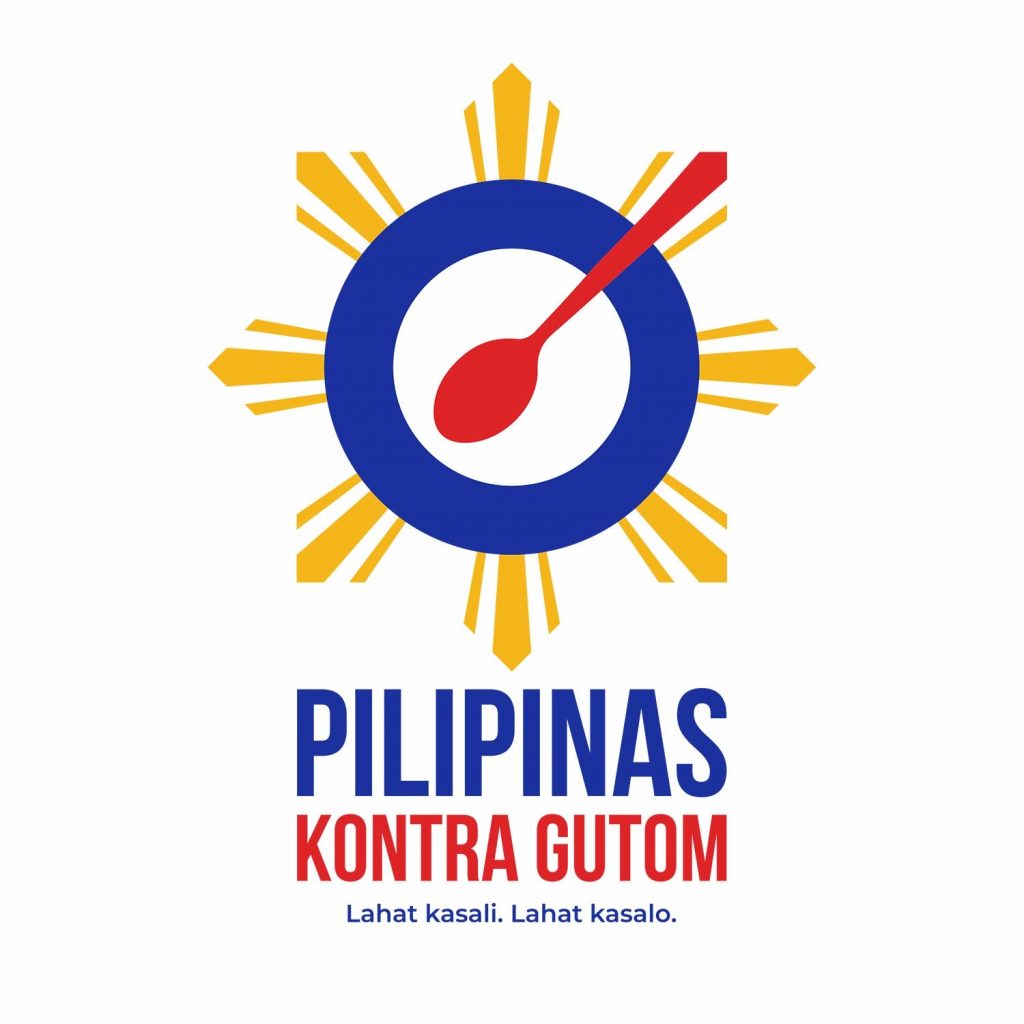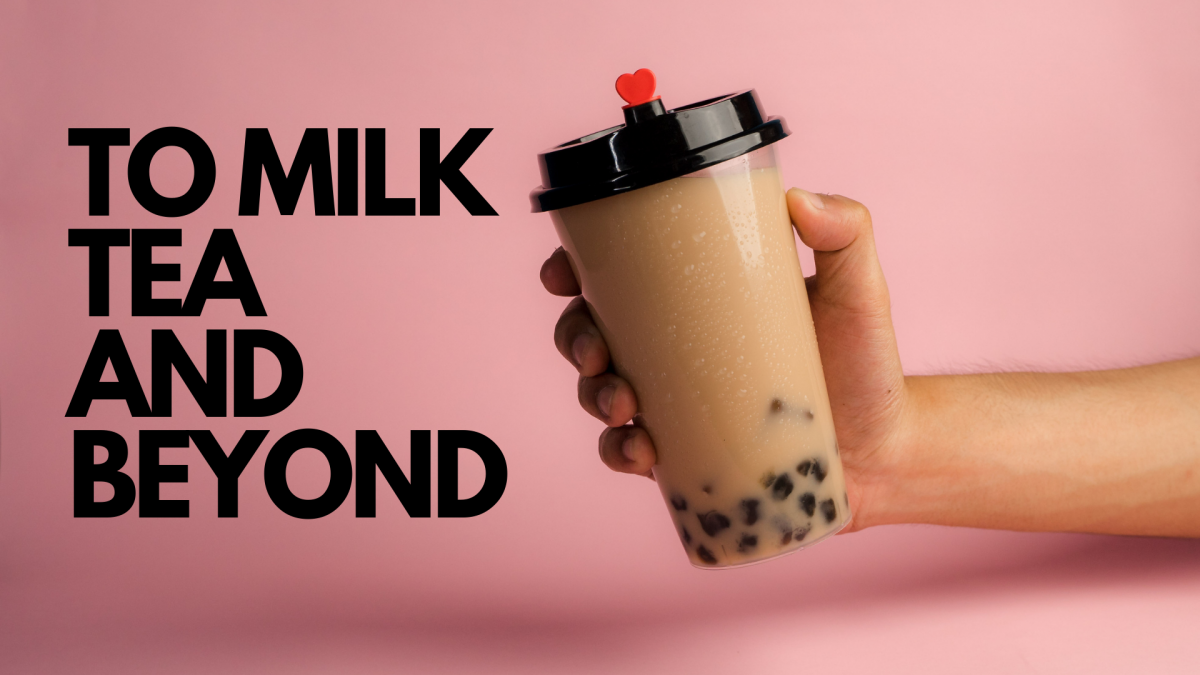Milk tea or Bubble tea. A thirst-quenching, flavorful drink with irresistibly fun to chew pearls. During the first decade of the millennium, we were introduced to pearl shakes. Those iced-shaken powdered drinks with weirdly large ‘dyahe’ straws—yeah, big straws used to be so weird back then.
Come the second decade of the ’00s; a new craze came into town. It is a somewhat familiar trend to its predecessor, pearl shakes, but this time, with the infusion of milk and tea—still with the big weird straws.
Milk tea became a real hit in the Philippines in 2010. As a country that loves our kape at pan de sal, the new refreshment is a welcomed surprise to the Filipino taste buds. Its sweet blend and bubbly presentation, though not uncommon, truly captured what we love the most—sweets.
The first milk tea store in the country opened in 2008 in San Juan. Serenitea owners brought the craze to the Philippines from Taiwan, its country of origin. With its popularity starting to grow in small groups, it signaled the start of a budding market. When milk tea stores opened near schools and universities, it rocketed its demand which soon created more stores with their witty names. There is where the craze started.
Hiccups of a milk tea cup

It only took three years for milk tea to stabilize in the market. You could literally see stores in almost every mall and other establishments like mushrooms. However, this feat was halted when an incident of E.coli poisoning, which led to the death of one person, transpired. Aside from the health concerns raised about the sugar content a cup has, the reports about food poisoning did not help in proving that the drink is safe and healthy.
But after a few years from the incident, the milk tea industry was revived—thanks to the innovations to make the favorite drink more appealing. In 2017, we saw them in ice cream tubs, candies, and even in other desserts. They managed to create a more enticing product out of something that is already enticing, to begin with.
By the following year, new players reached our shores. Brands like CoCo made such a wave—you would have to endure long queues just to take a sip from their fresh milk teas. In no time, new variations joined the bandwagon, too. When brown milk tea was introduced in the market, patrons received it, similar to how previous brands were welcomed.
At this point, milk tea has become a part of our customs and traditions. With no signs of stopping, the industry continues to grow, offering new flavors in new and old forms. It would seem like milk tea will carry on as one of our country’s most popular refreshments, if not the most popular. How about you? Have you taken your usual cup yet?


